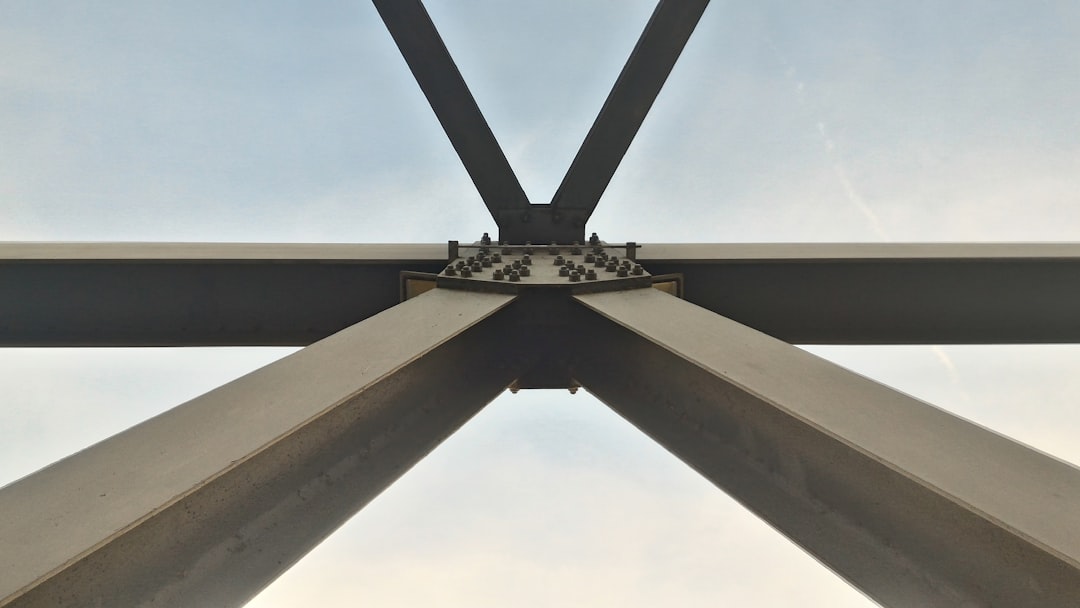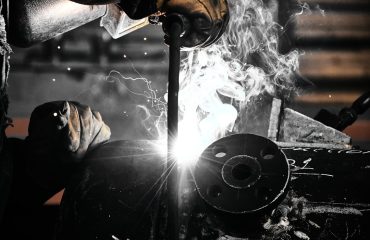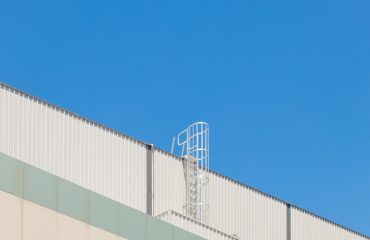Power plants, the behemoths of energy generation, rely on robust and reliable infrastructure. A critical component often overlooked in their design and construction is the extensive use of steel profiles. From structural support to intricate machinery components, steel profiles are indispensable in ensuring the safe and efficient operation of these vital facilities. This post delves into the multifaceted role of steel profiles in power plants, exploring their diverse applications, material selection, and the importance of quality control.
1. Structural Integrity: The Backbone of Power Plant Construction
Steel profiles form the very backbone of power plant structures. The immense size and complexity of these facilities demand materials with exceptional strength and durability. Heavy-duty I-beams, H-beams, and wide-flange sections are commonly used to construct the main frames of buildings, supporting massive turbines, generators, and other equipment. These profiles withstand immense loads, vibrations, and thermal stresses generated during operation. The precise engineering and fabrication of these steel elements are crucial to ensuring structural integrity and preventing catastrophic failures. Furthermore, the use of advanced steel alloys, such as high-strength low-alloy (HSLA) steels, enhances the load-bearing capacity while reducing the overall weight of the structure, leading to cost savings and improved efficiency.
2. Precision Engineering: Steel Profiles in Turbine and Generator Assemblies
Beyond the main structural framework, steel profiles play a vital role in the precision engineering of power plant machinery. Turbines and generators, the heart of power generation, rely on intricately designed components, many of which are fabricated from steel profiles. These profiles, often custom-designed and manufactured to exacting tolerances, provide the necessary rigidity and support for rotating components, ensuring smooth and efficient operation. The use of specialized steel grades with high fatigue resistance is critical here, as these components are subjected to constant stress and vibration. The precision machining and surface treatments applied to these steel profiles minimize friction and wear, extending the lifespan of the equipment and reducing maintenance costs.
3. Material Selection: Choosing the Right Steel for the Job
The choice of steel profile and grade is crucial for optimal performance and longevity. Factors such as strength, corrosion resistance, weldability, and cost are carefully considered. Mild steel is commonly used for less demanding applications, while high-strength low-alloy (HSLA) steels are preferred for structural components requiring higher load-bearing capacity. Stainless steel profiles offer superior corrosion resistance and are used in environments exposed to harsh chemicals or high humidity. The specific requirements of each component dictate the material selection, ensuring that the steel profile meets the rigorous demands of the power plant environment. Careful consideration is also given to environmental regulations and sustainability concerns when selecting materials.
4. Manufacturing and Quality Control: Ensuring Reliability and Safety
The manufacturing process of steel profiles for power plants is subject to stringent quality control measures. From the initial raw material selection to the final inspection, each stage is meticulously monitored to ensure compliance with industry standards and specifications. Advanced manufacturing techniques such as laser cutting, robotic welding, and automated inspection systems are employed to guarantee the precision and accuracy of the profiles. Non-destructive testing methods, such as ultrasonic inspection and radiographic testing, are used to detect any internal flaws or defects that might compromise the structural integrity of the components. This rigorous quality control process is essential for ensuring the safety and reliability of the power plant.
5. Challenges and Future Trends: Adapting to Evolving Needs
The power generation industry is constantly evolving, with a growing emphasis on renewable energy sources and improved efficiency. This necessitates the development of new steel profiles and manufacturing techniques to meet the demands of advanced power plant designs. Lightweight yet high-strength steel alloys are being developed to reduce the overall weight of structures and improve efficiency. Furthermore, the use of advanced materials and manufacturing processes, such as additive manufacturing (3D printing), offers the potential for creating highly customized and optimized steel profiles for specific applications. Research and development in this area are crucial for ensuring the continued use of steel profiles in the sustainable and efficient generation of power.
In conclusion, steel profiles are integral to the design, construction, and operation of power plants. Their diverse applications, from structural support to precision engineering components, highlight their indispensable role in ensuring the safe and efficient generation of power. The careful selection of materials, rigorous quality control, and ongoing innovation in steel production are essential for meeting the evolving demands of the power generation industry.
SEO Tags:
- Steel profiles
- Power plant construction
- Steel structures
- Industrial steel applications
- Power generation infrastructure




